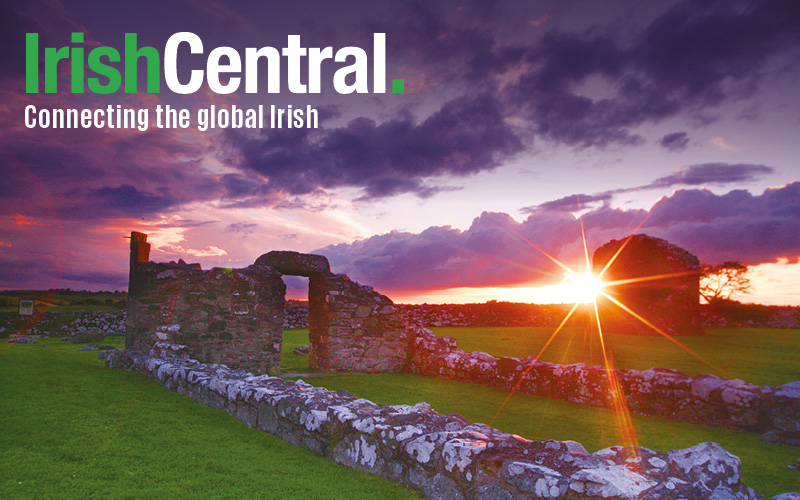The search is on for the cornerstone of St.Patrick’s Cathedral in New York, the most famous Catholic Church in America.
According to the New York Times It was laid by a 22-year-old Irish immigrant Cormack McCall, on Sunday, Aug. 15, 1858, the Feast of the Assumption, by John Hughes, New York’s first archbishop.
Hughes, a Tyrone native, was famous for his stout defense of his Irish Catholic faith, especially against the ‘Know Nothing’s the bigoted anti-Catholic mobs at the time. He was known as ‘Dagger’ Hughes as a result.
The cornerstone was laid before a crowd of 100,000, most of them Irish immigrants, two hundred priests and 100 choirboys amid a formal procession.
The crowd was so dense that streetcar service was halted. The new St.Patrick’s replaced the old one at Mott Street in the downtown area. The cornerstone has not been seen since.
“It’s the great mystery of the cathedral,” Msgr. Robert T. Ritchie, St. Patrick’s rector today told The New York Times.
Now with a $175 million refurbishment program going ahead for St.Patrick’s and other major churches the hope is that the cornerstone can be located.
In “The History of the Archdiocese of New York,” Msgr. Thomas J. Shelley wrote that the new cathedral was “meant to be a statement in stone of the Catholic presence in a city that was then the capital of Protestant America.”
Most cornerstones are readily identifiable – not St.Patrick’s however.
“I have no idea where it is,” Msgr. Ritchie said.
Not does anyone else it seems “We know it was at 50th Street and Fifth Avenue, but exactly where nobody knows,” said Thomas G. Young, the author of several books about the cathedral told The Times.
“It was in none of the plans we found,” he said. “I once found a photograph when the building was 8 or 12 feet high and there was a block missing. I often wondered if that was an opening that led to the cornerstone below it, but it was probably too high.”
Hopes are high that the cornerstone will be discovered during the renovation.
“We’re still in the early stages of planning the restoration, and it’s very early to determine exactly how the time frame and other particulars will look,” said Kate Monaghan, a spokeswoman for the archdiocese.
The cornerstone-laying took place on a sweltering hot August day in 1858 The New York Times at the time reported that “No religious pageant of equal pomp could have been experienced on this continent beforehand the effect on the people was stunning.”
Archbishop Hughes spoke from a special platform and the Irish crowd was delighted to be told that the church would be called St.Patrick’s after their native land’s saint.
After blessing the cornerstone, Archbishop Hughes placed it in the foundation.
It was a time capsule for its era. It contained a parchment with the names of all the church and political leaders and also a newspaper with an account of the first Atlantic cable, heralding a new era in communications between America and Ireland. Later the names of major donors were added later.
The day after the 1858 ceremony, The New York Times reported that “the archbishop sprinkled the stone with holy water” and carved a cross with a knife on it.
Hughes predicted the cornerstone would never be identified. “The noble impulse that actuated the primary patrons of the new cathedral,” he wrote, “are entitled to the respect of being incorporated and recorded in the cornerstone, which, in all probability, will never be disturbed by human agency.”




Comments